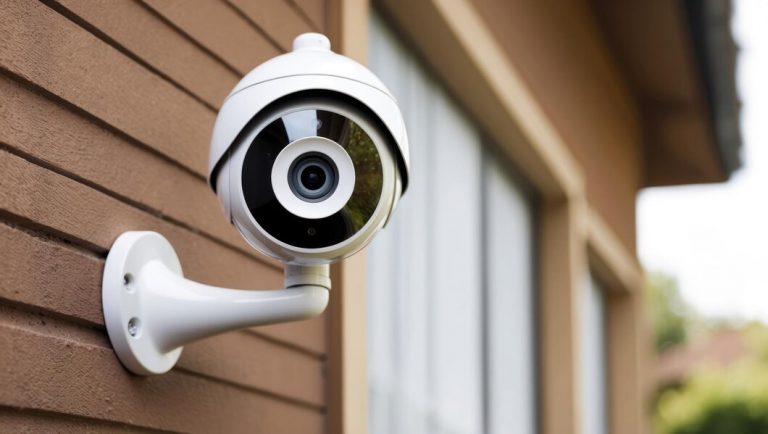10 Best Monitors In The UK
Our experts will assist you in selecting the best product for your needs. Find the perfect Monitors with the help of our unbiased professional evaluations and data-driven buying suggestions. At Buyers Expert, we’re here to help you choose the best Monitors that suit your preferences and budget.
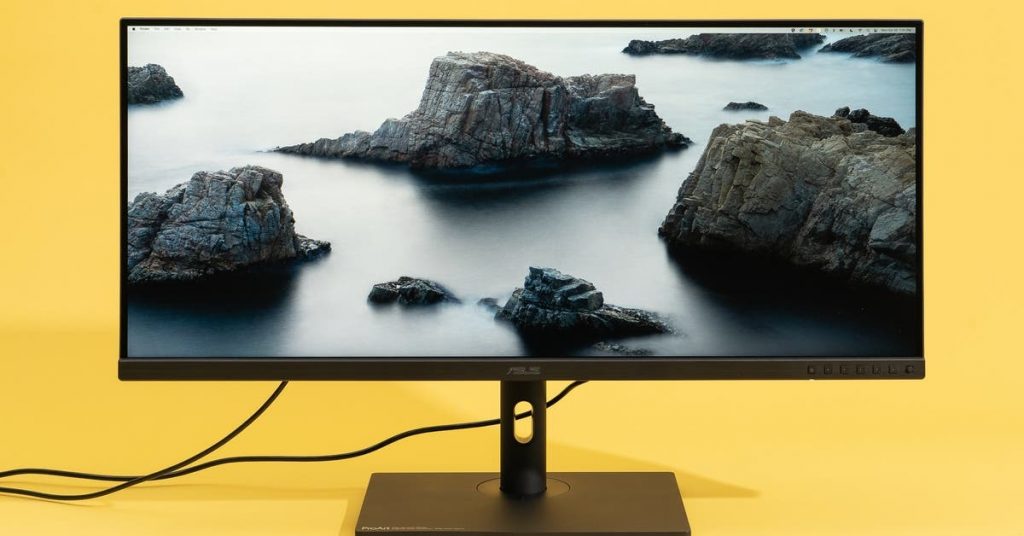
| Image | Product | Rating | Price |
|
Our Pick
1
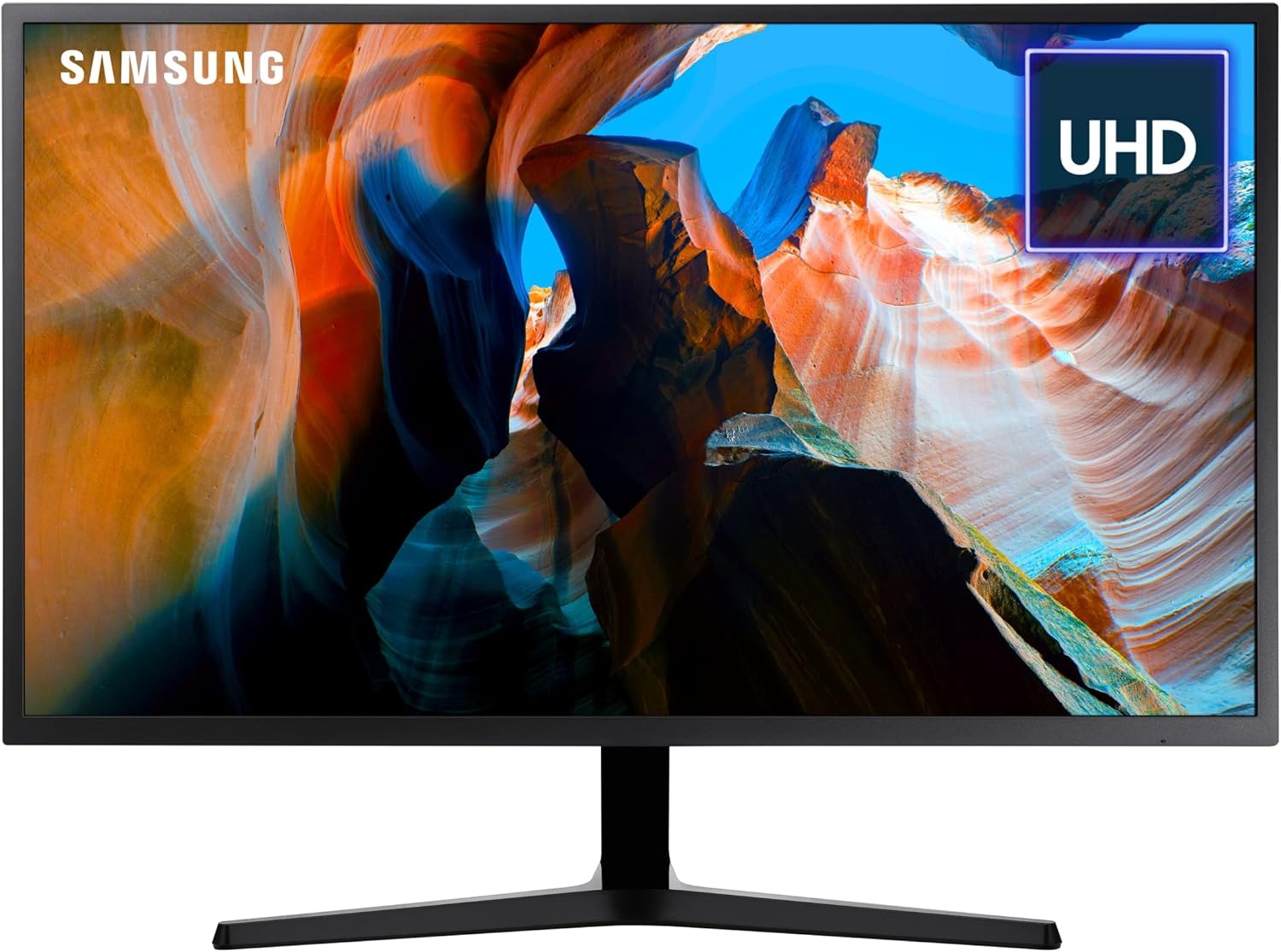
|
Samsung LU32J590UQPXXU UJ590 32″ 4K UHD Monitor |
9.9
|
|
|
2
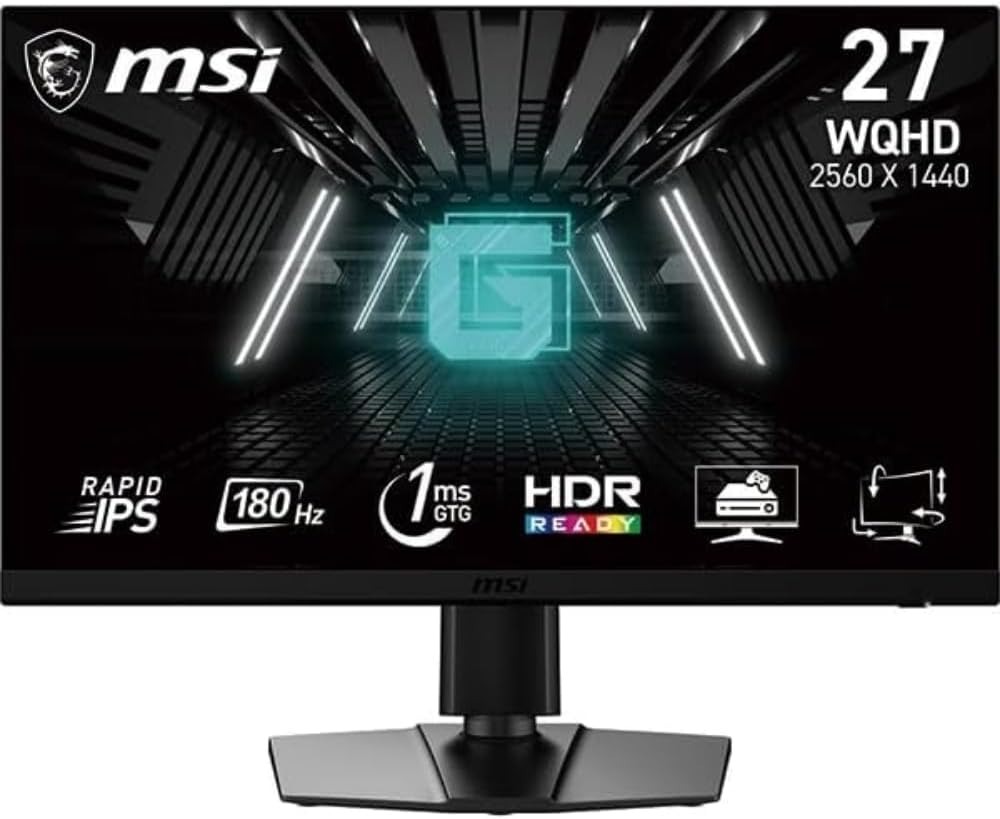
|
MSI G272QPF E2 27 Inch WQHD Gaming Monitor |
9.8
|
|
|
3
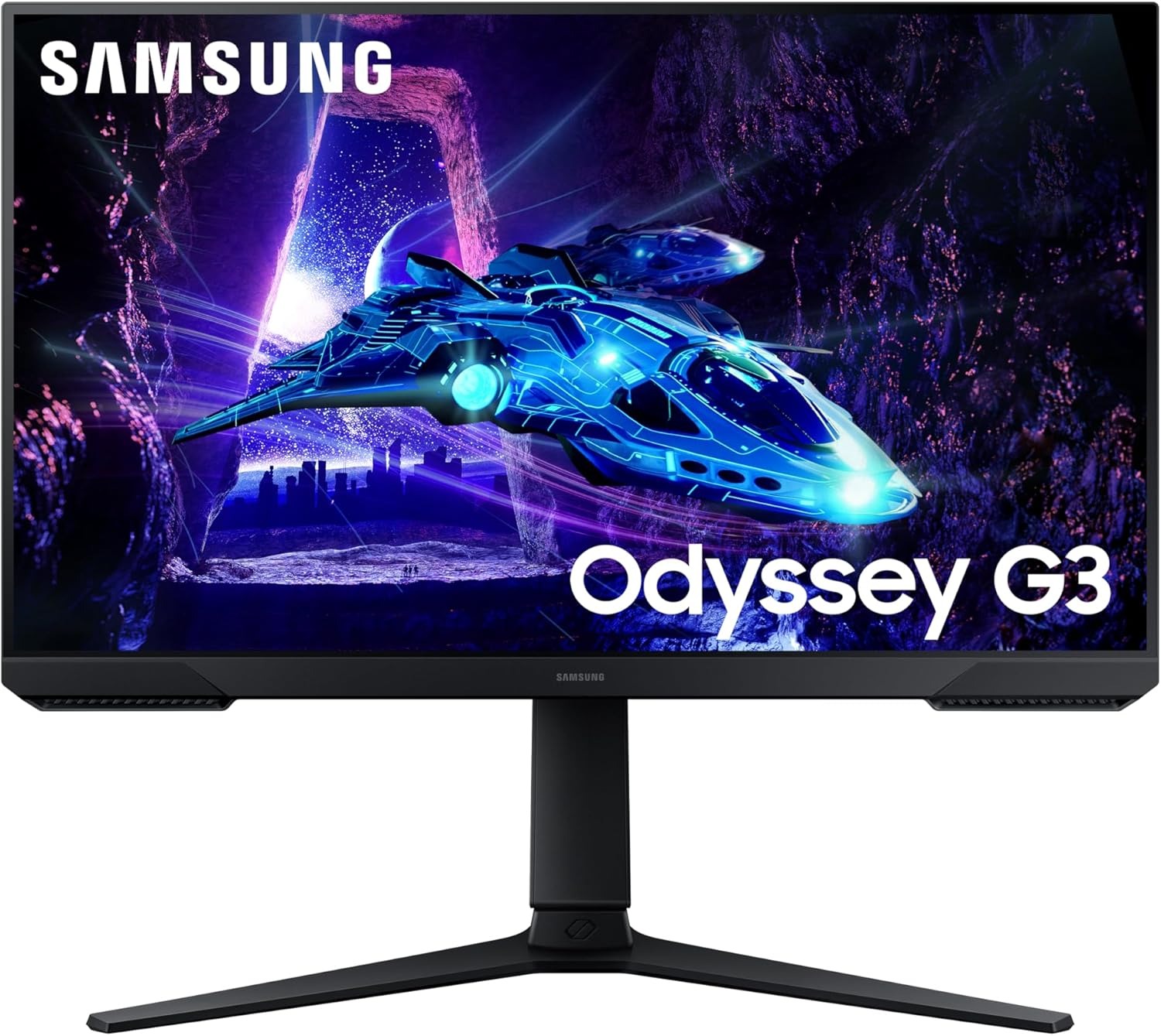
|
Samsung Odyssey G3 LS24DG300EUXXU 24″ 180Hz 1ms FullHD Gaming Monitor |
9.7
|
|
|
4
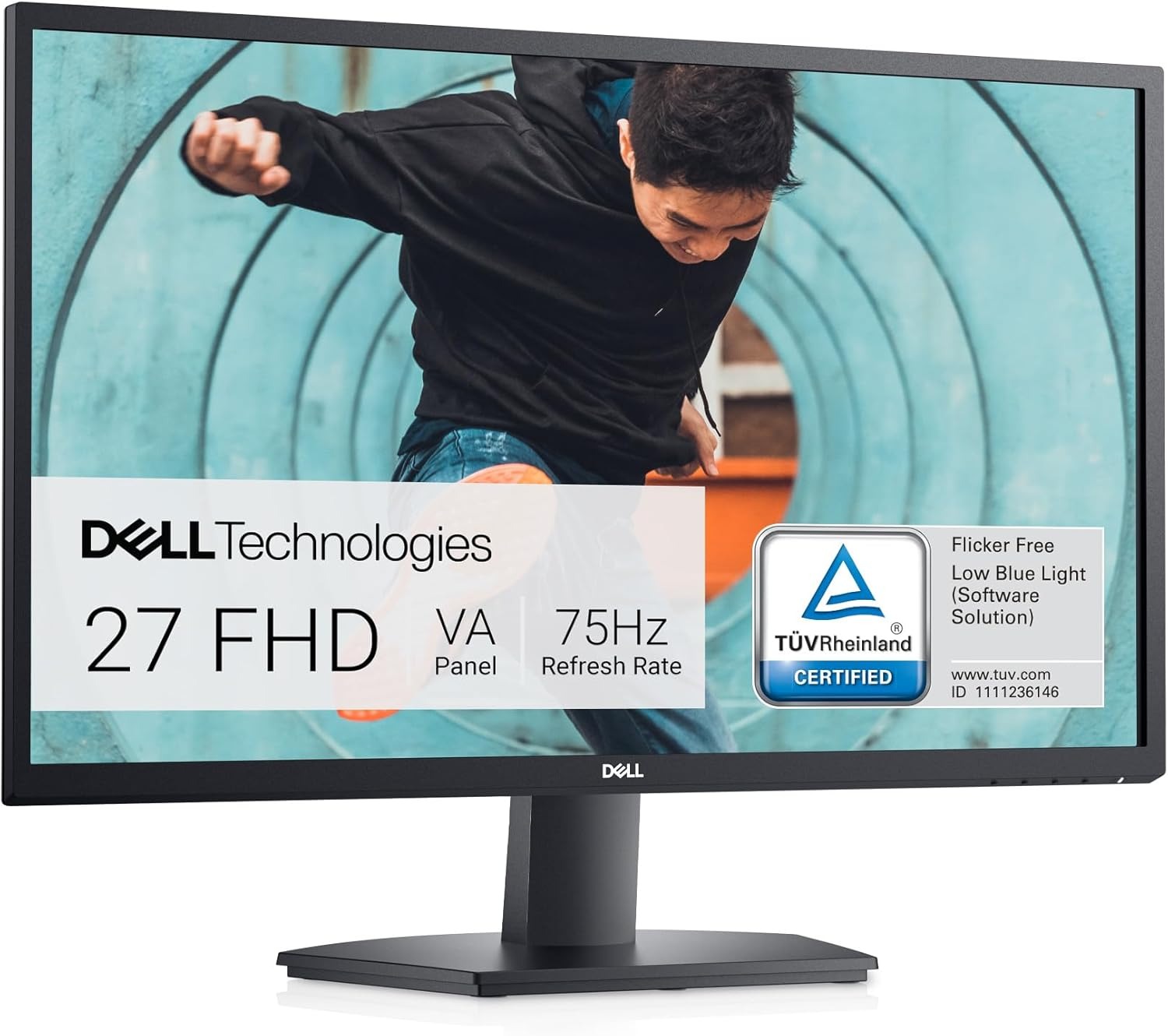
|
Dell SE2722HX 27 inch Full HD (1920 x 1080) Monitor |
9.5
|
|
|
5
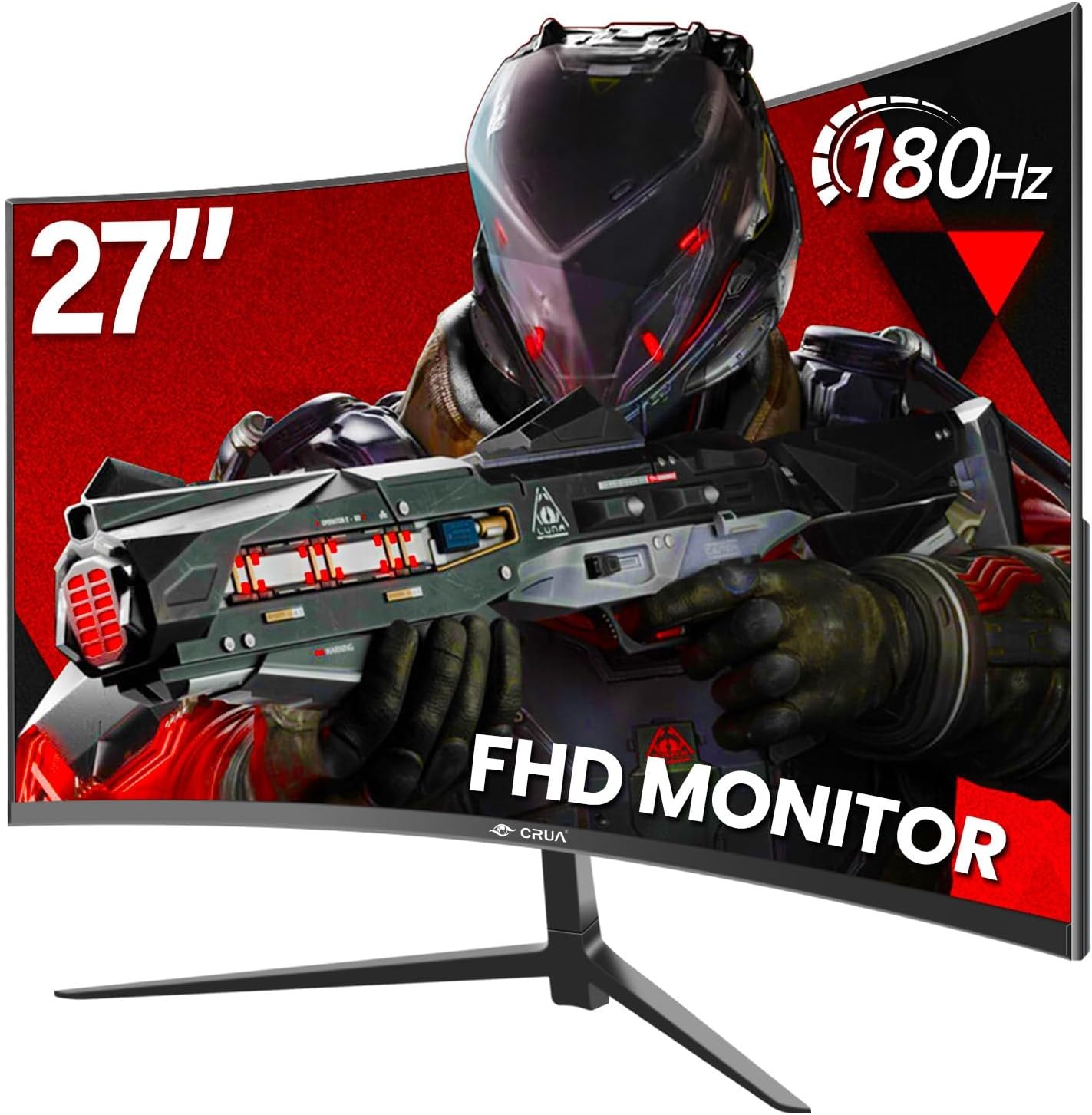
|
CRUA Gaming Monitor 27 Inch 180Hz, Curved PC Monitor Full HD 1080P |
9.3
|
|
|
6
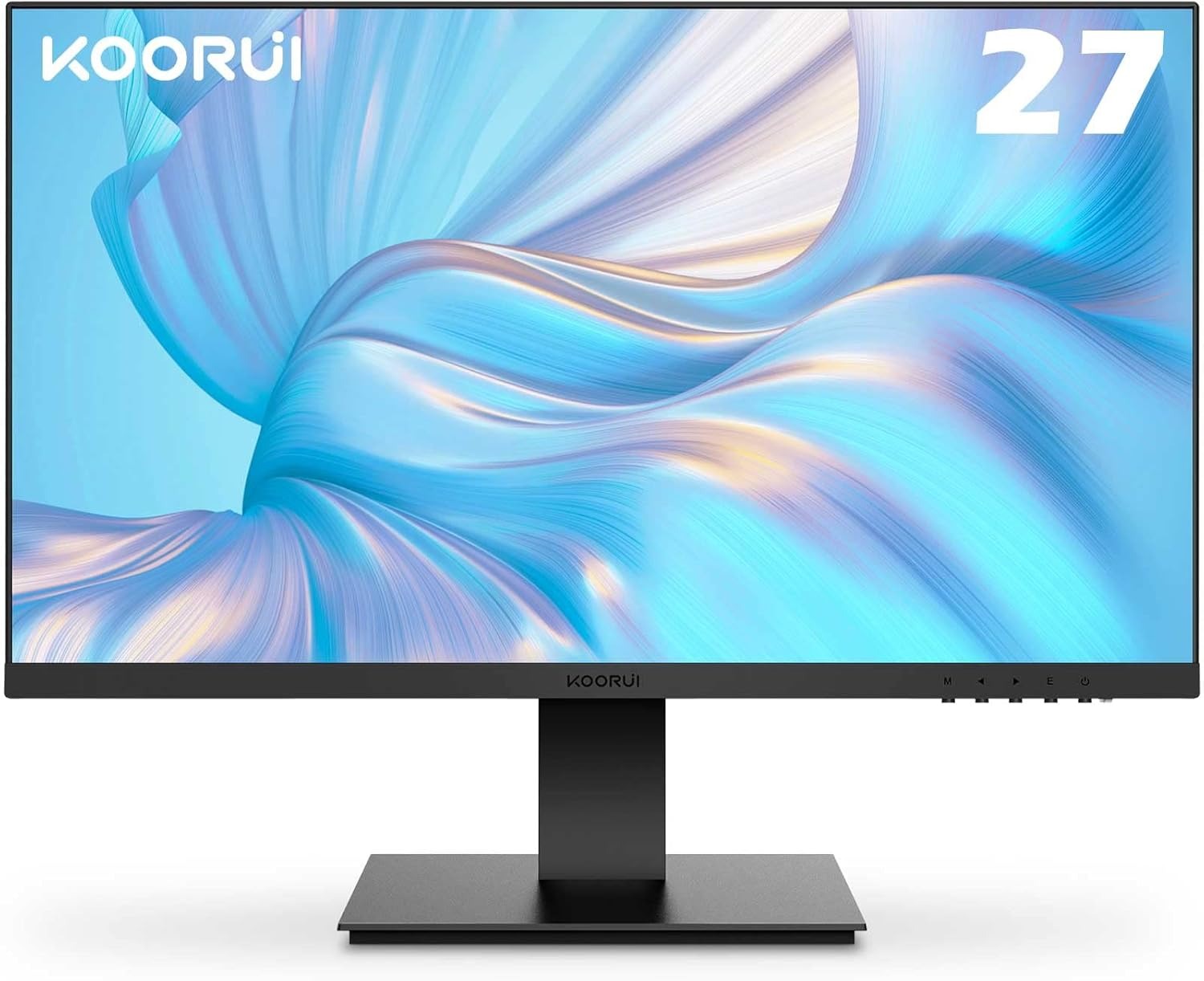
|
KOORUI 27 Inch FHD Monitor, Computer Monitor(1080P, 75HZ, HDMI+VGA |
9.2
|
|
|
7
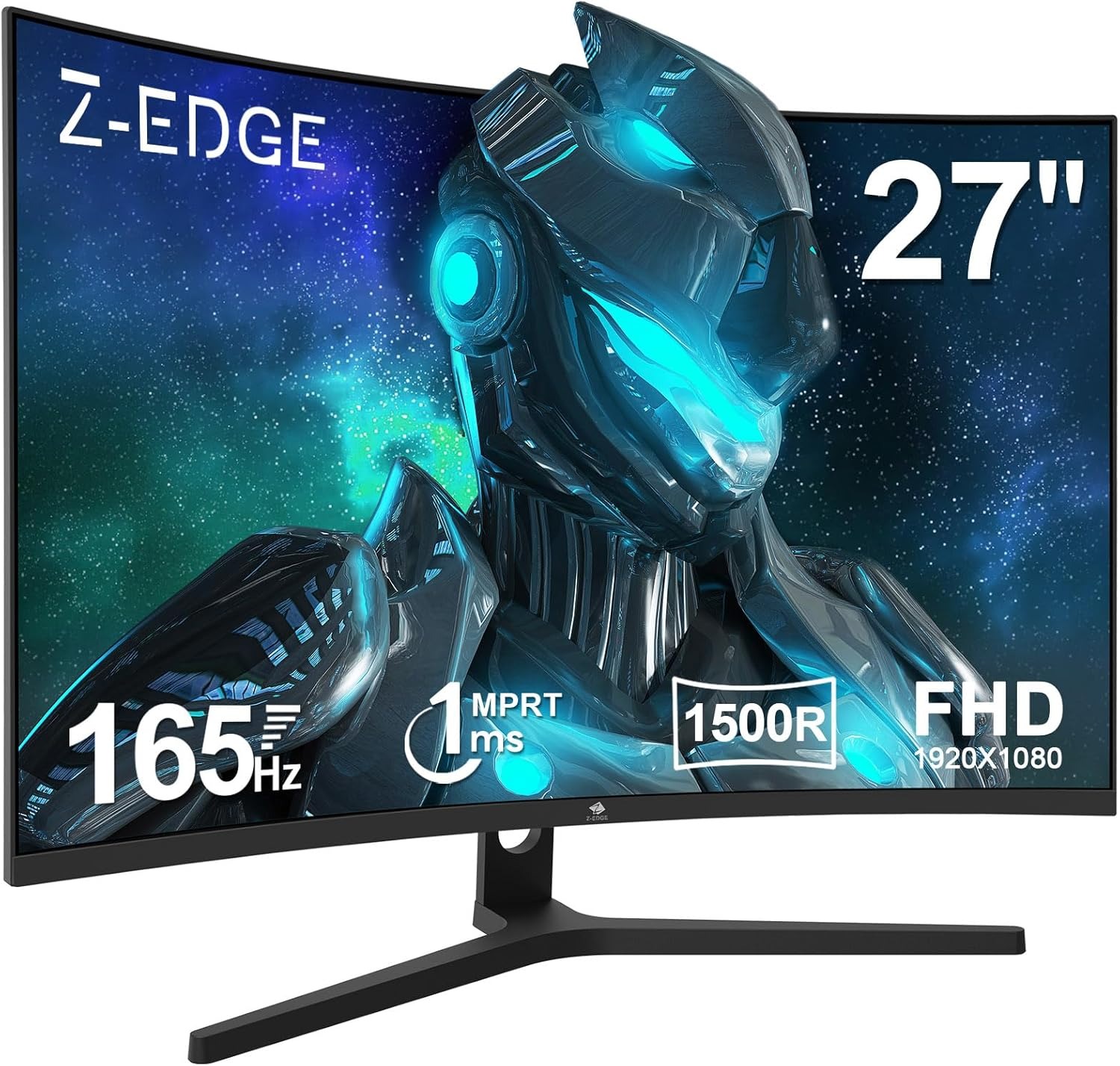
|
Z-Edge 27 Inch 165Hz Curved Gaming Monitor |
9.1
|
|
|
8
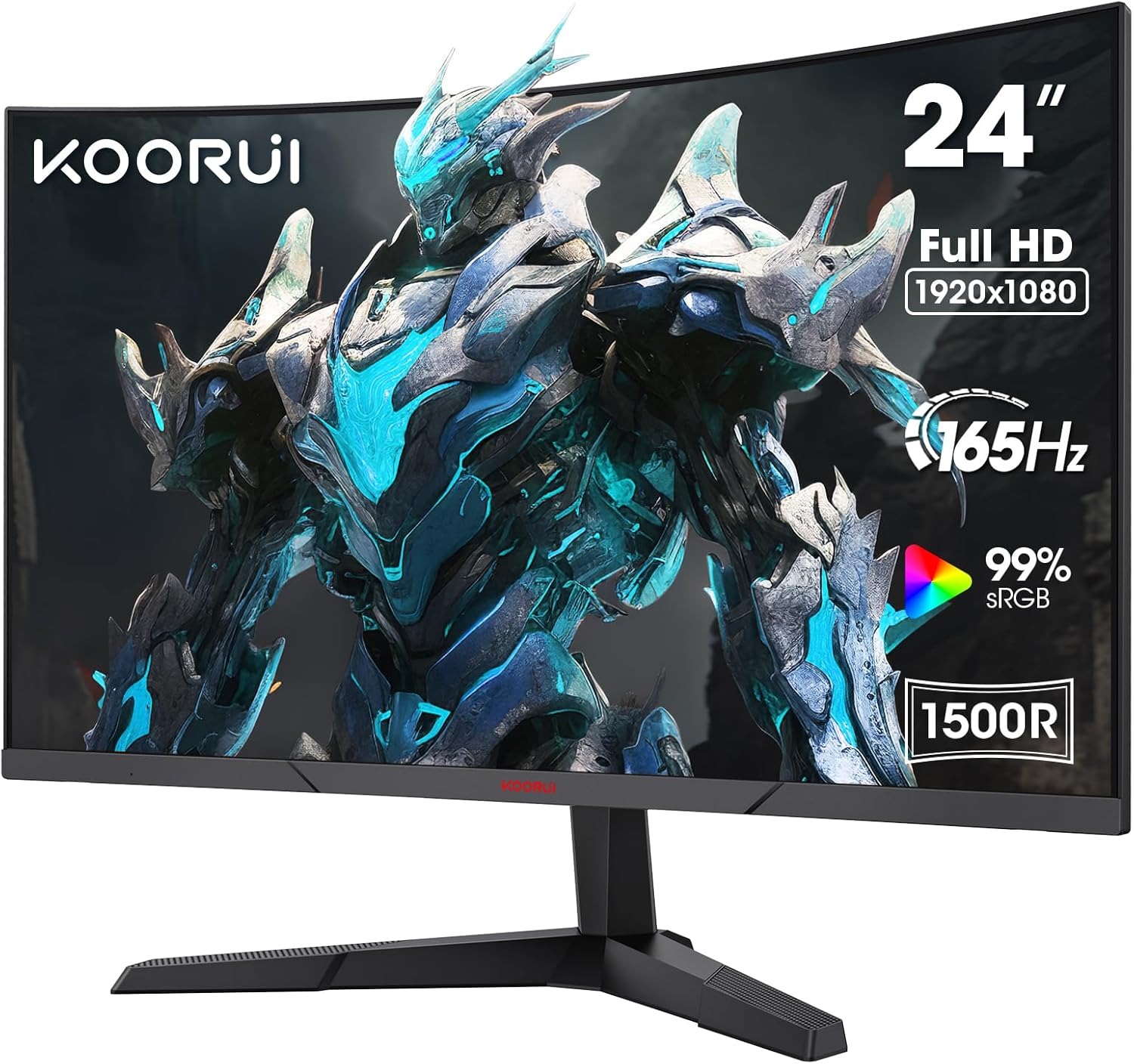
|
KOORUI 24 Inch Gaming Monitor -FHD 1080P Curved Monitor |
8.9
|
|
|
9
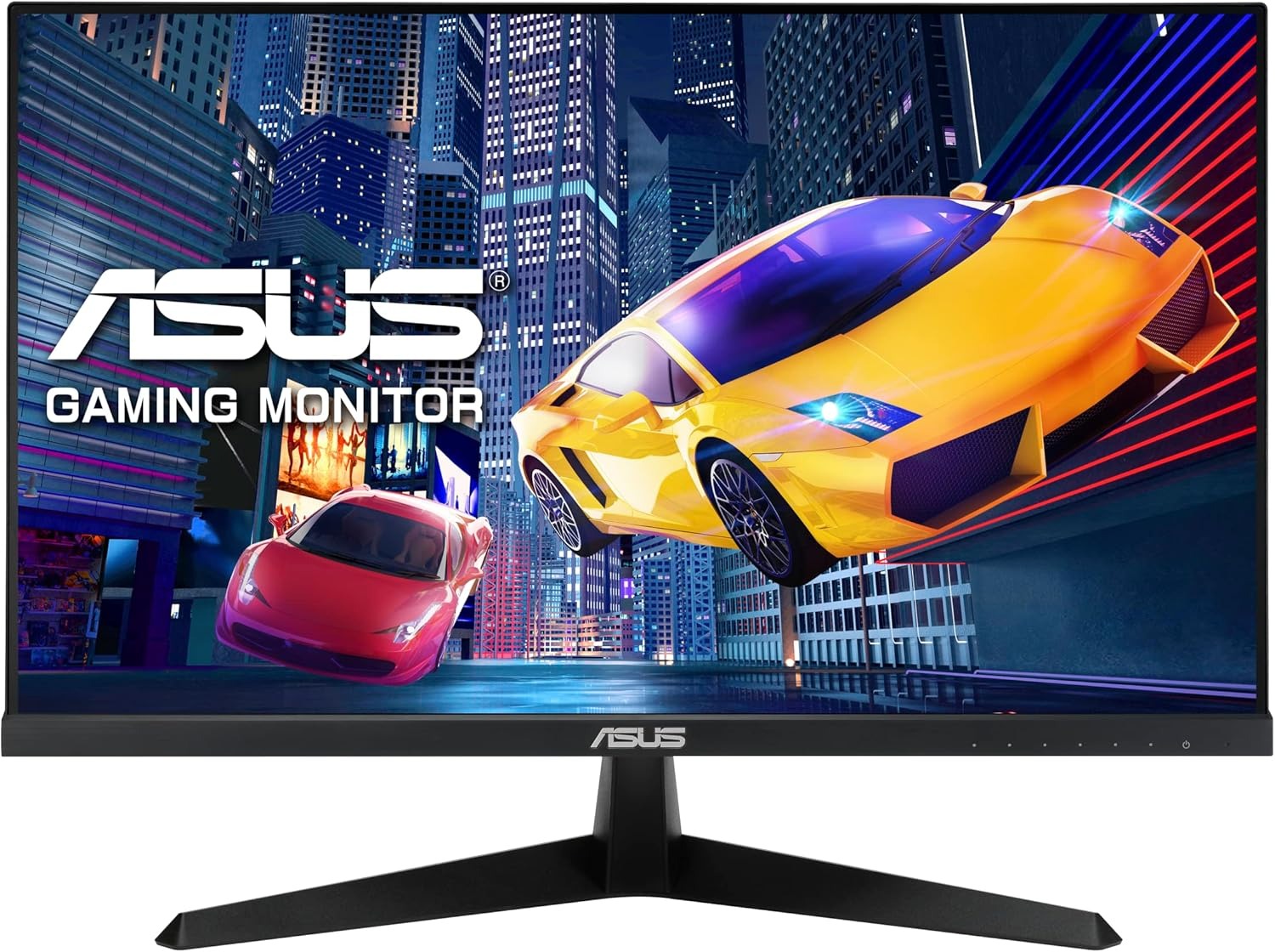
|
ASUS VY249HGE Eye Care Gaming Monitor |
8.7
|
|
|
10
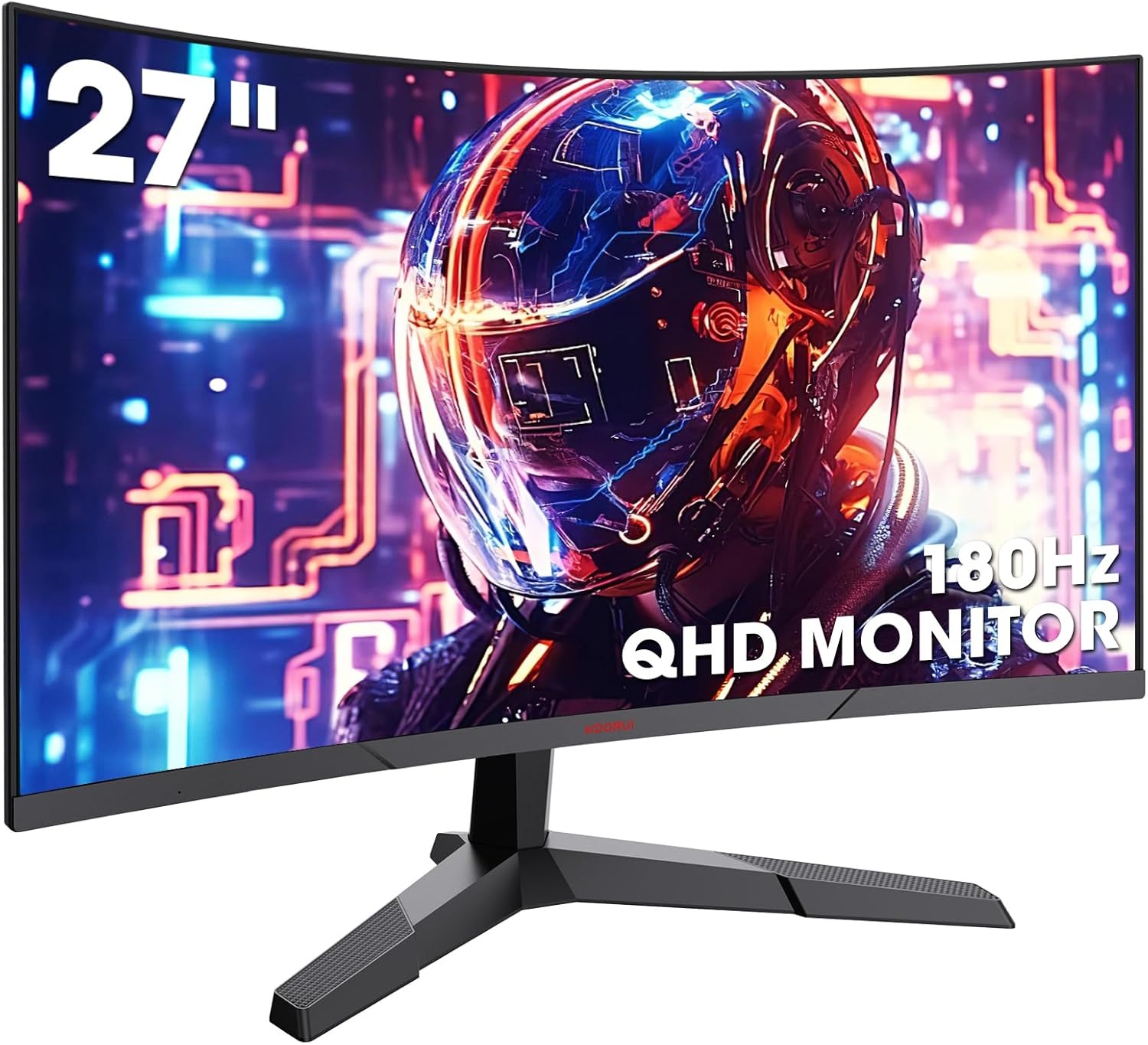
|
KOORUI 27-Inch Gaming Monitor, Fast VA Panel QHD, R1500, 180Hz |
8.5
|
What is a Monitor?
A monitor is an output device that displays visual information from a computer, allowing users to interact with software, view media, or simply browse the internet. Monitors come in different sizes, resolutions, and technologies, and they can be used for a range of activities such as professional design work, gaming, office tasks, or simply watching movies and TV shows. The quality and features of a monitor can greatly affect your experience with any of these tasks, making it essential to choose the right one based on your needs.
Types of Monitors
Monitors are available in several different types based on their panel technology and intended purpose. Understanding the differences between these types can help you make the right choice.
- LED Monitors: LED (Light Emitting Diode) monitors are among the most popular types of displays on the market today. They use LED backlighting, which is more energy-efficient and offers better contrast and color accuracy than traditional LCD (Liquid Crystal Display) monitors. LED monitors provide bright and vibrant visuals, making them ideal for watching movies, editing photos, or general computing tasks.
- LCD Monitors: LCD monitors use liquid crystal technology to produce images on the screen. While LED monitors are a type of LCD display, traditional LCD monitors use cold cathode fluorescent lamps (CCFL) for backlighting. These monitors tend to be thicker and less energy-efficient compared to LED monitors, but they still deliver good image quality for everyday computing.
- OLED Monitors: OLED (Organic Light Emitting Diode) monitors are relatively new to the market but are gaining popularity due to their superior picture quality. Each pixel in an OLED display is an individual light-emitting diode, which allows for perfect black levels, incredible contrast ratios, and vibrant colors. OLED monitors are especially popular for creative professionals and users who demand the best visual quality for tasks like video editing, graphic design, and gaming.
- Curved Monitors: Curved monitors have a concave shape that mimics the natural curvature of the human eye, offering a more immersive viewing experience. They are especially useful for multitasking, gaming, and watching widescreen content. The curve helps reduce distortion and provides a more uniform viewing angle across the entire screen, making it easier to focus on what’s in front of you.
- Ultrawide Monitors: Ultrawide monitors have an aspect ratio of 21:9 (compared to the typical 16:9 aspect ratio of most monitors), giving users an extended horizontal display. These monitors are ideal for productivity, as they allow for more screen real estate without the need for multiple displays. They are also great for immersive gaming and watching movies, offering a cinematic experience.
- Gaming Monitors: Gaming monitors are specifically designed for gamers, featuring higher refresh rates, low latency, and enhanced graphics quality. These monitors often support adaptive sync technologies like NVIDIA G-Sync or AMD FreeSync, which eliminate screen tearing and stuttering during fast-paced gaming. They typically have faster response times, higher resolutions, and lower input lag, making them ideal for competitive gaming.
Key Features to Consider When Choosing a Monitor
When selecting a monitor, several key features should be taken into account to ensure that it meets your specific needs. Here are the most important factors to consider:
- Resolution: The resolution refers to the number of pixels that the monitor can display, and it directly impacts the sharpness and clarity of the image. Common resolutions include:
- Full HD (1920 x 1080): A standard resolution suitable for most general computing, web browsing, and entertainment tasks.
- 2K (2560 x 1440): A higher resolution that offers more detail and is ideal for professionals who need precise image quality, such as photographers or graphic designers.
- 4K (3840 x 2160): A top-tier resolution providing incredibly sharp images, ideal for gaming, video editing, and other high-quality visual tasks.
- 8K (7680 x 4320): Ultra-high-definition resolution, commonly used for professional video production and large-screen displays.
- Refresh Rate: The refresh rate indicates how many times per second the monitor can refresh the image on the screen. This is measured in Hertz (Hz). Common refresh rates are:
- 60Hz: Standard for basic tasks such as web browsing, word processing, and watching videos.
- 120Hz – 144Hz: Preferred for gaming, providing smoother motion and reduced screen tearing.
- 240Hz and above: High-end gaming monitors with ultra-smooth performance, perfect for competitive gamers.
- Response Time: Response time measures how quickly a pixel can change from one color to another, and it is crucial for fast-moving visuals such as in gaming or video editing. A lower response time (measured in milliseconds) means less motion blur and ghosting. For gaming, a response time of 1ms to 5ms is ideal.
- Aspect Ratio: The aspect ratio refers to the width-to-height ratio of the screen. Most monitors are designed with a 16:9 aspect ratio, but ultrawide monitors with a 21:9 aspect ratio are gaining popularity for multitasking, gaming, and media consumption. Some high-end monitors may even support an aspect ratio of 32:9 for an ultra-immersive experience.
- Connectivity: Ensure that the monitor has the necessary ports for your devices. Common input ports include:
- HDMI: Ideal for connecting to a variety of devices, including gaming consoles, PCs, and media players.
- DisplayPort: A high-performance connector often used for connecting gaming monitors or high-end professional monitors.
- USB-C: Some modern monitors feature USB-C ports for data transfer, power delivery, and video input, especially useful for laptops and mobile devices.
- VGA and DVI: Older connectors that are becoming less common, but still found on some legacy devices.
- Panel Type: Different panel technologies affect color accuracy, contrast, and viewing angles. The three most common types are:
- IPS (In-Plane Switching): Known for vibrant colors and wide viewing angles, ideal for designers, video editors, and other professionals who require precise color accuracy.
- TN (Twisted Nematic): Offers faster response times and lower prices, making them popular in gaming monitors, but with narrower viewing angles and less accurate colors.
- VA (Vertical Alignment): Known for high contrast ratios and deeper blacks, VA panels offer a balance between the speed of TN and the color accuracy of IPS.
- Size: Monitor size is a matter of personal preference and intended use. For general productivity, a screen size of 24 to 27 inches is ideal, as it provides a balance between screen real estate and desk space. Larger monitors, such as 32 inches or more, are great for gaming, movie watching, and multitasking, while ultrawide monitors can replace a dual-monitor setup.
- Ergonomics and Adjustability: Having a monitor with height, tilt, and swivel adjustments can enhance comfort and prevent neck strain, especially if you plan to use the monitor for extended periods. Some monitors also come with VESA mount compatibility, allowing you to mount the monitor on a wall or a stand for further flexibility.
- Price: The price of a monitor varies greatly depending on its size, features, and brand. While entry-level monitors can be affordable, high-end gaming and professional monitors can come at a premium. It’s essential to set a budget based on your needs, balancing performance with cost.
Conclusion
Choosing the right monitor depends largely on your intended use, budget, and the features that matter most to you. Whether you need a high-resolution display for professional work, a fast-refresh-rate monitor for gaming, or a large screen for multitasking, there’s a wide range of options to suit your needs. Pay close attention to factors like resolution, refresh rate, panel type, connectivity, and ergonomics to ensure that you select the best monitor for your lifestyle. With the right monitor, you can significantly enhance your productivity, entertainment experience, and overall computer usage.
Advertising Disclosure: The buyersexpert.co.uk's users back the website. An affiliate commission may be paid to us if you purchase any of the items that are promoted on our website.






